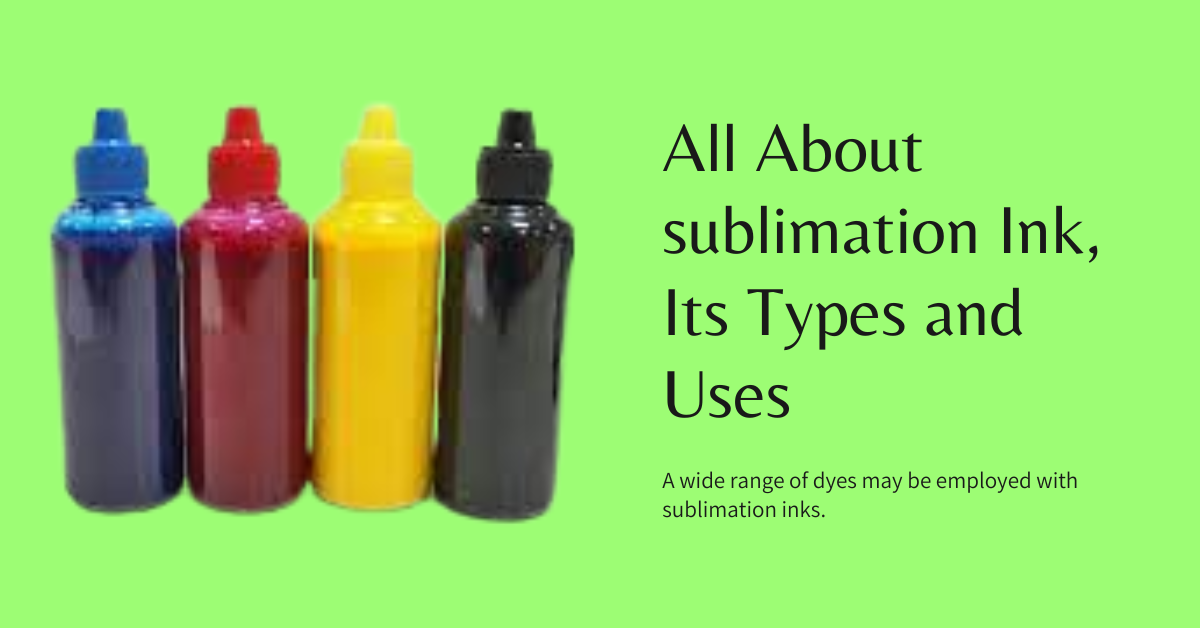The dye sublimation method basically, which uses heat and pressure to transform ink into a gas without first vaporizing it, is the basis for the term of sublimation ink. Due to the ink becoming a permanent component of the printed product and not fading or washing off over time, the high temperature enables the ink to transfer onto objects without spreading, cracking, or blotting. This contributes to the high degree of accuracy that can be achieved utilizing this kind of ink and printing technology, as well as the fact that sublimation inks are very dependable and durable.
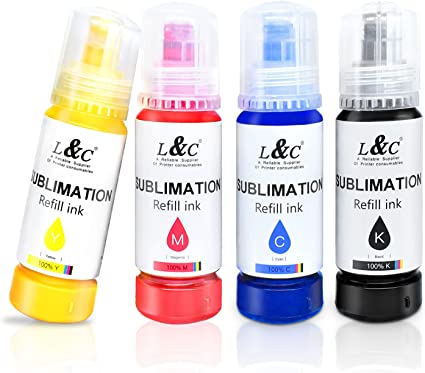
For a range of printed items, including T-shirts and other clothing, including those made of polyester, the long-lasting sublimation ink comes highly recommended. Sublimation ink must be taken into account when doing a printing activity that requires a detailed print. As some textiles, like cotton, may be harmed by these circumstances, it is crucial to ensure that the printed fabric can withstand the high temperature and pressure used in the dye sublimation process.
Types of Sublimation ink
A wide range of dyes may be employed with sublimation inks. Both desktop PCs and big layout printers may employ water-soluble sublimation inks.
Solvent sublimation ink is an additional variety. Large-head printers like Konica, Spectra, and XAAR employ this.
Due to its fast print speeds and ability to handle huge formats, piezoelectric printers may employ the former sublimation inks.
1. Sublimation Ink
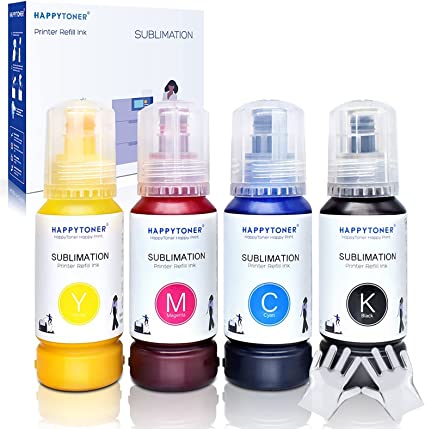
Water typically makes from 30 to 95 percent of the weight of an ink’s composition and is used as a solvent to suspend pigments and colours.
5% of solutions often contain additional solutes such propylene glycol or glycerol.
Surfactants, varying in concentration from 0.01% to 5%, will lessen stress by emulsifying the active ingredients and protecting them from deterioration brought on by shearing forces inside a printing press during production. This is significant because it allows us to print large quantities of these gorgeous images without worrying about the colours fading.
Additionally, we incorporate biocides like Procelex GXL into our products because they have long since been shown to be safe.
2. Solvent Dye Sublimation Ink
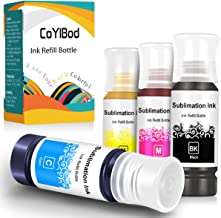
A variety of various solvents may be used to create solvent-based inks, and depending on the kind (and concentration), they may also contain additives such ethyl acetates up to 4%, polymeric amides with an extra percentage below 4%, and chloride vinyl acetate copolymers at a range of 2 to 6%. Like alcohols, butanols belong to a different class and can be either pure substances or combined with other chemical molecules.
From 0% to 22% of propylene glycol can be found in the extract solution. 78% will be made up of extra acetate, with an average concentration of around 9%.
If ferulic acid is available, a significant percentage (more than 80%) must be added since this improves its solubility characteristics.
3. Latex Ink
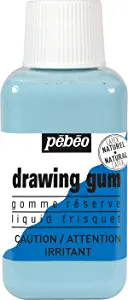
Solvent and eco-solvent inks are substantially worse for the user and the environment than latex inks.
They are often resistant to the elements, which effectively renders them scratch, water, chemical, light, and fade resistant.
Uses of Sublimation Ink

Sublimation inks can be utilized for the following purposes:
- Textiles: With the use of adaptable inks, polyester textiles may be transformed into exquisite carpet fabrics, flagging material, sails, and sportswear. They are all washable and durable even after extended use.
- Hardware: Items made of ceramic, wood, and metal may be decorated and utilized to make signs for businesses, such as mugs, key chains, and magnets. The colorful inks are applied to the objects and keep their appearance even after repeated washing. Sublimating synthetic materials with a polyester foundation is simple. This covers nylon and rigid polyester fabrics as well as other things that can be treated with polyester.
- Inkjet printers employ sublimation inks to become ready to print on the sublimation paper. The powdered colors heat up as a result and evaporate into a gaseous state. By gently gradating, these gaseous dyes diffuse and saturate the printing surface to produce a print with photo-like quality.
FAQs
Can you use sublimation ink in any printer?
Sublimation printing cannot be done with inkjet printers equipped with thermal printing heads. Inkjet printers made by Canon, Hewlett Packard (HP), Lexmark, or Dell are therefore inappropriate. Sublimation printing may be done with printers that include Micro Piezo printing heads.
What is the difference between regular ink and sublimation ink?
While sublimation ink is heat-activated and printed on polyester fabric, printer ink is intended for printing on paper. Heat causes ordinary printer inks to turn liquid, whereas sublimation inks solidify. It will be challenging to get rid of the liquid since it would naturally soak into the paper’s fibres.
Do I need special ink for sublimation?
You must use a particular kind of ink known as dispersion dyes (often referred to as “dye-sub inks”) since the chemical process for dye sublimation is highly particular. High temperatures enable these dyes to change from a solid to a gaseous form, and they readily adhere to polyester materials.
Which is better dye sublimation or inkjet?
Although colour saturation may be insufficient, sublimation produces a continuous-tone picture that is resistant to water damage and is better suited for graphics printing. While inkjets produce images of better quality, they are often less reliable and provide less printing media versatility.
What happens if you use regular ink on sublimation paper?
The gas that sublimated ink releases cannot escape from sublimation paper. If you print on sublimation paper, regular ink won’t work with it and will typically smear straight off the page.
Conclusion
In conclusion, sublimation ink is a versatile and innovative printing solution that has revolutionized the world of textiles, ceramics, and promotional products. With its ability to produce vibrant, long-lasting, and high-resolution prints on a variety of surfaces, sublimation ink has opened up new possibilities for businesses and creative individuals alike. Whether you’re in the apparel industry looking to create custom designs, or in the business of personalized gifts and promotional items, understanding the types and uses of sublimation ink is essential for achieving outstanding results. As technology continues to advance, it’s clear that sublimation ink will remain a vital tool for those seeking to bring their designs to life with precision and vibrancy.
